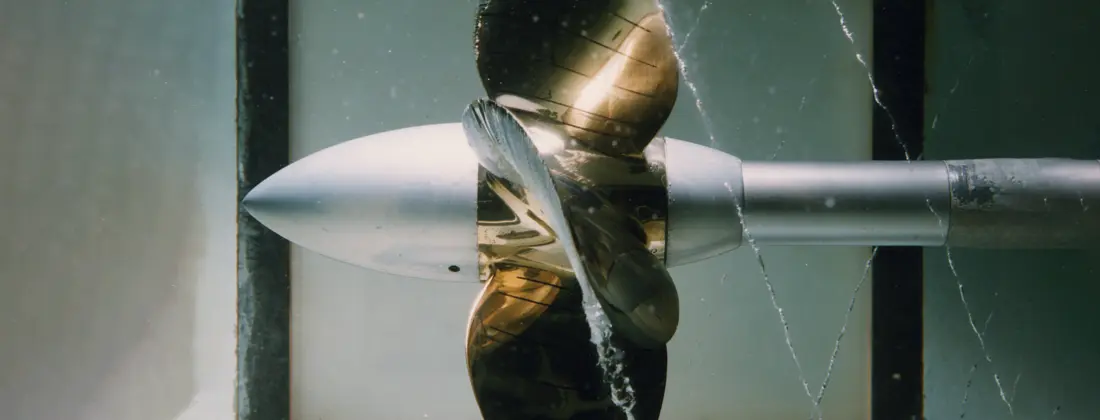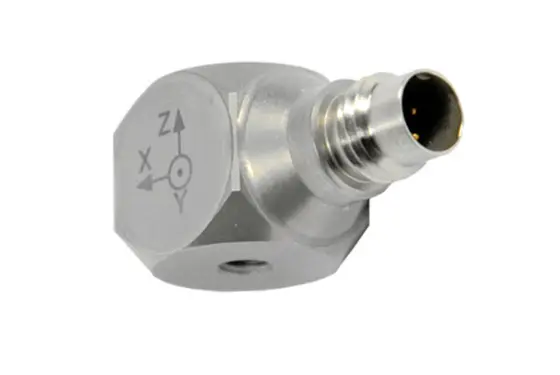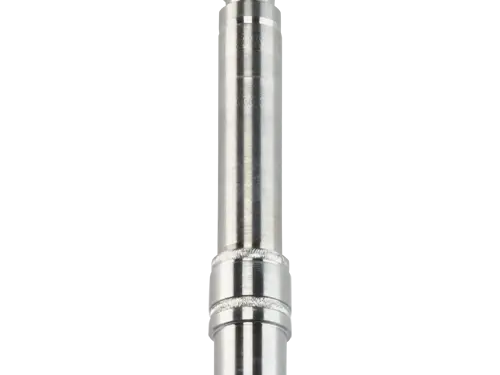Ship propeller investigations focus on various aspects: operational efficiency, propeller design as well as quieting. Propulsion systems with rotational propeller dynamics can induce vibration as well as radiated underwater acoustics. In order to enable precise measurements of these factors, Kistler delivers pressure and force sensors and even customized dynamometers.
The propeller operates in a spatially non-uniform wake, so there are fluctuations in parameters such as the propeller thrust and boundary pressure of a submarine hull which, in turn, can generate significant acoustic signature. Propellers generate periodic pulsating pressure forces on the vessel's hull; occasional cavitation that occurs on the propeller blade can significantly intensify these forces.
Alongside the cavitation analysis, options for investigating the forces and torques acting on the propeller shaft include static test benches, cavitation tunnels and propelled model testing in towing tanks or wave pools. Kistler offers application specific sensors and customized dynamometers to enable efficient marine propulsion investigations and optimization.




![Solutions for hydrodynamic testing [object Object]](https://kistler.cdn.celum.cloud/SAPCommerce_Document_Preview/961-258e.webp)